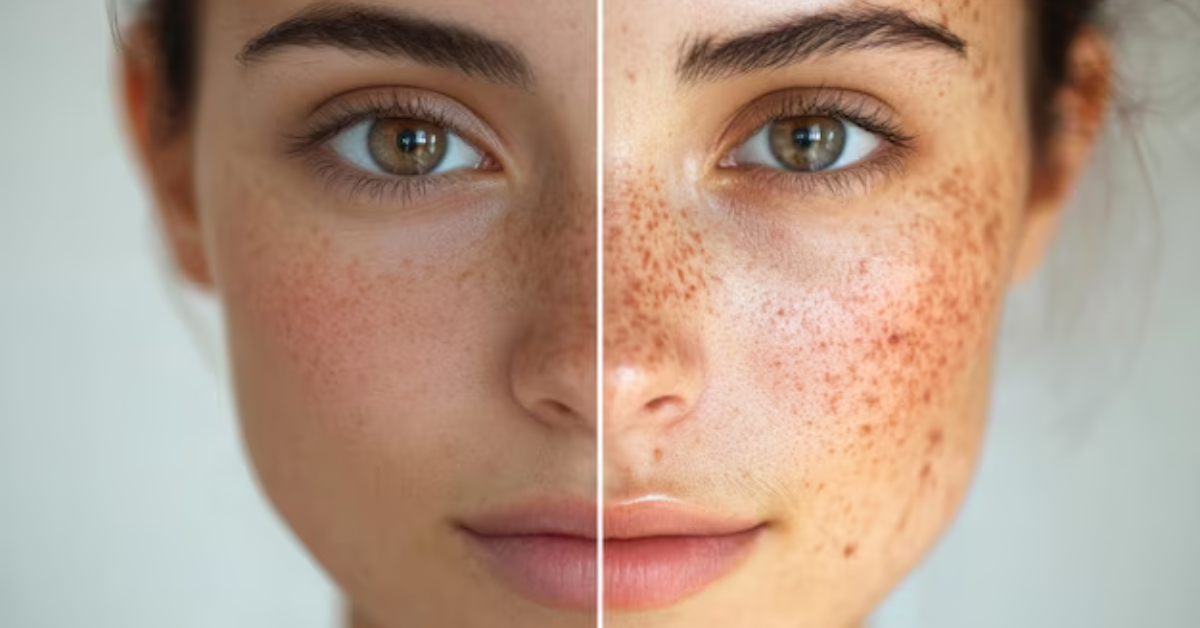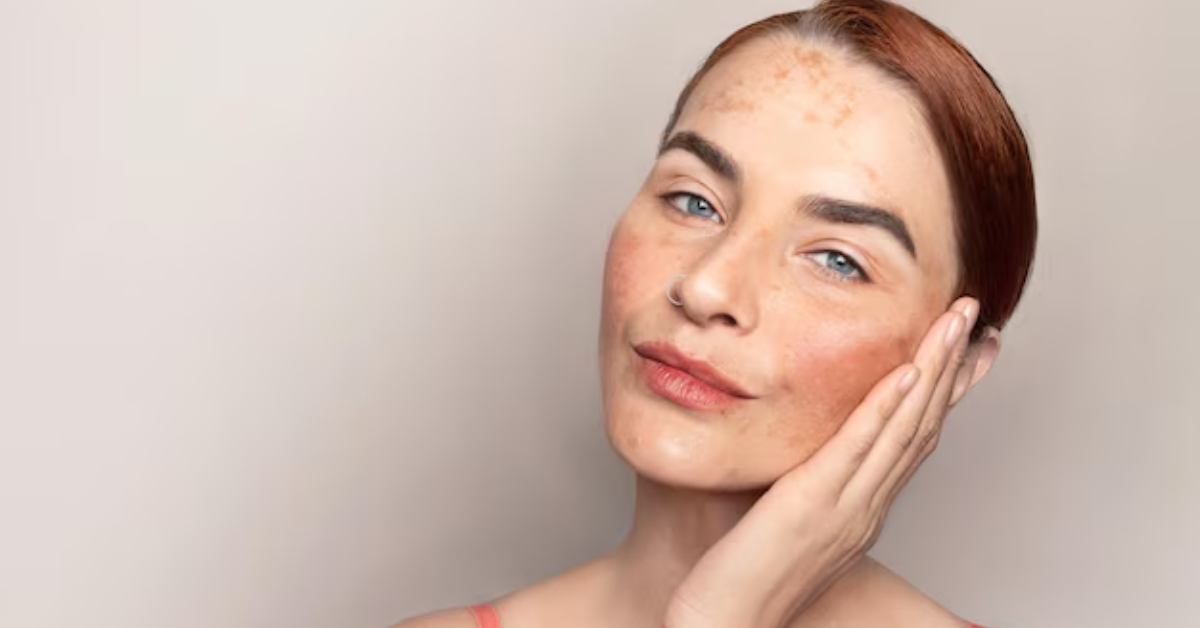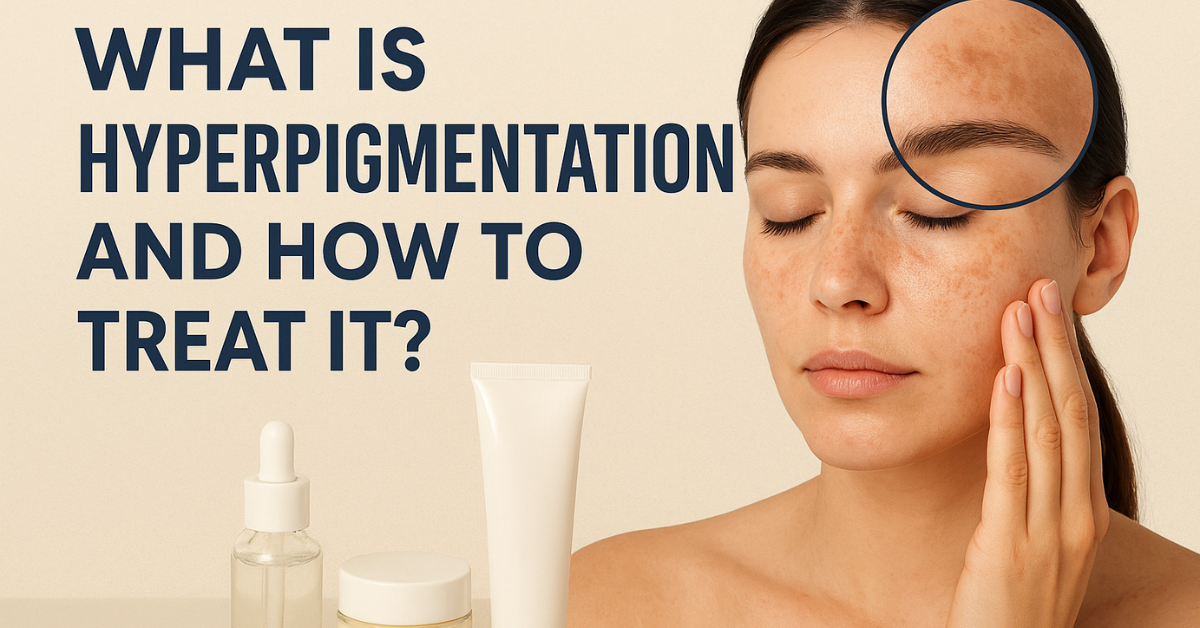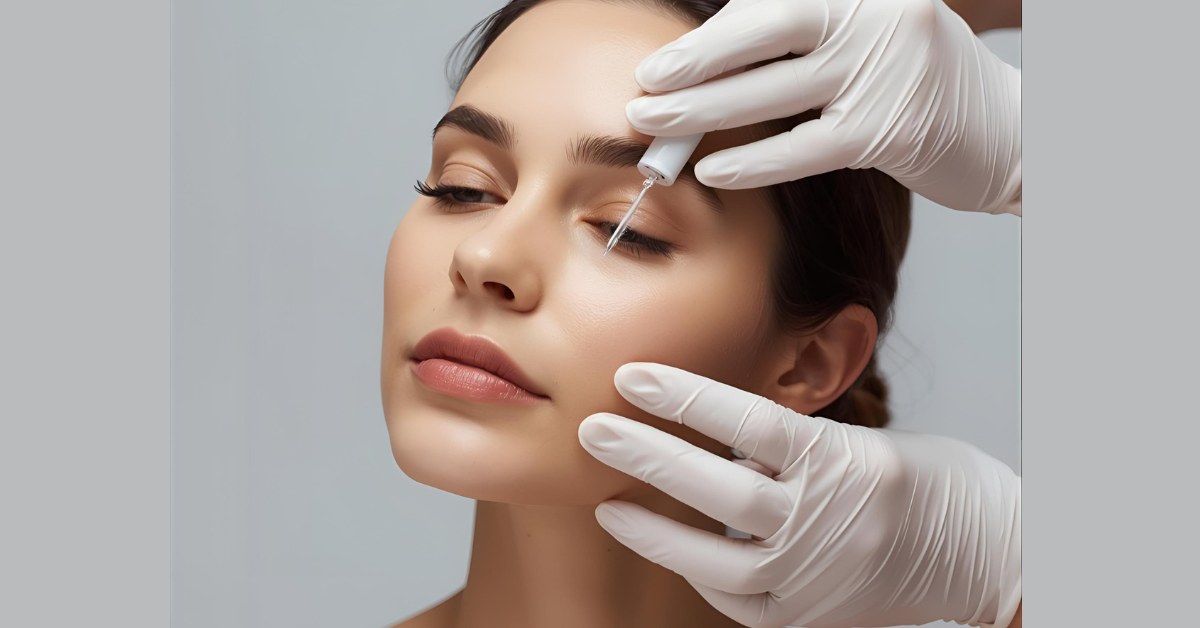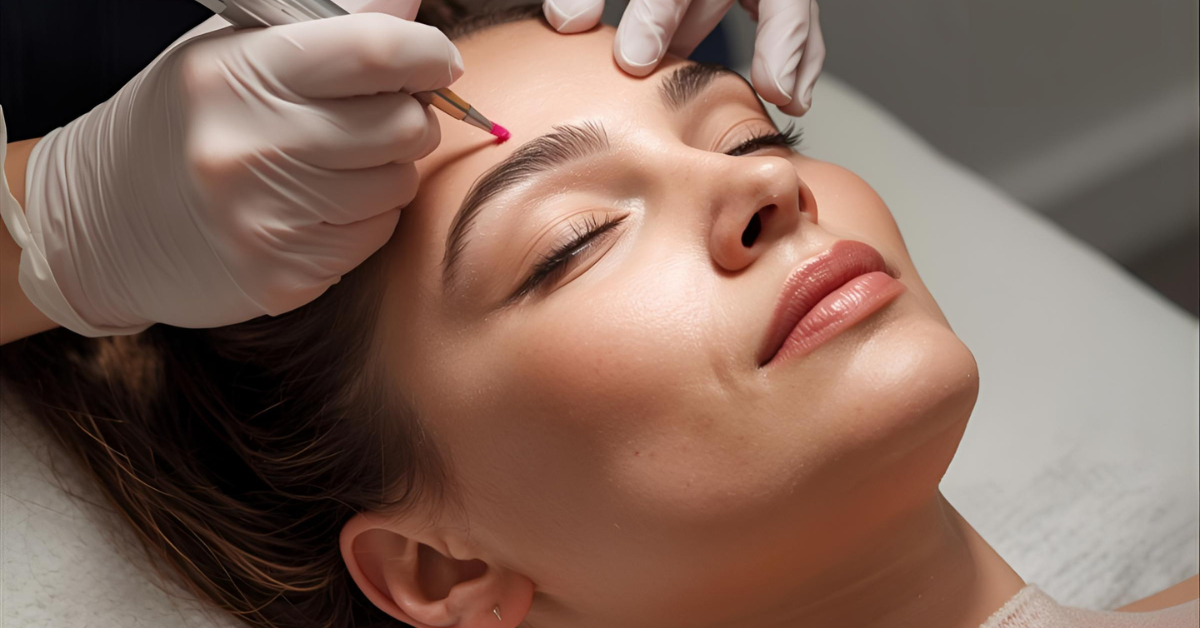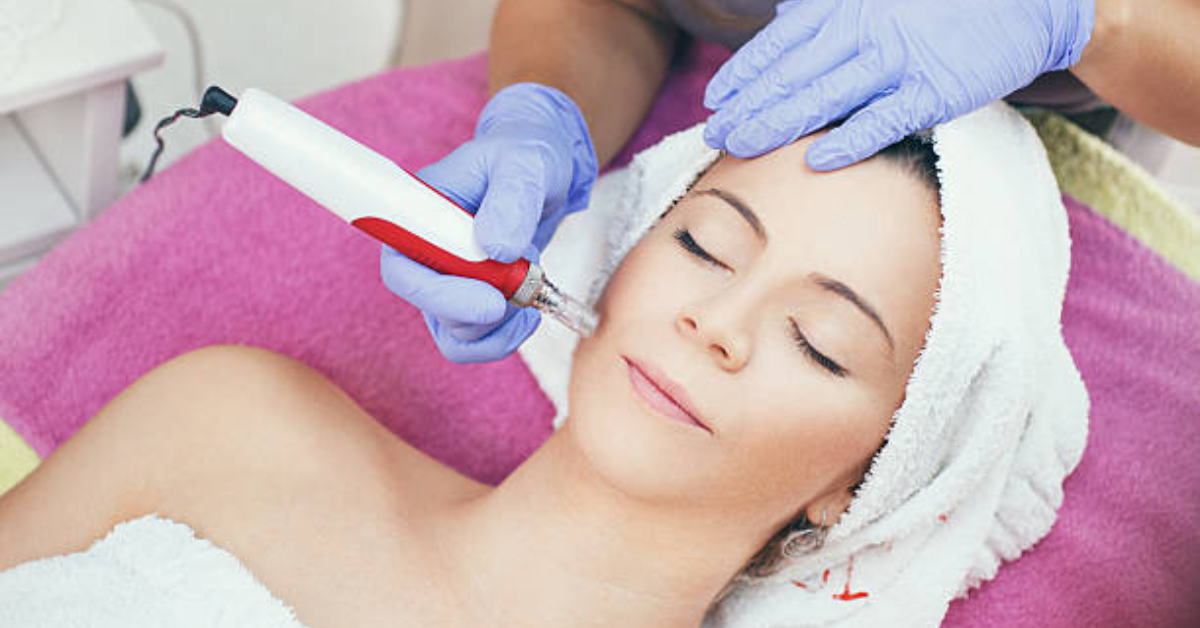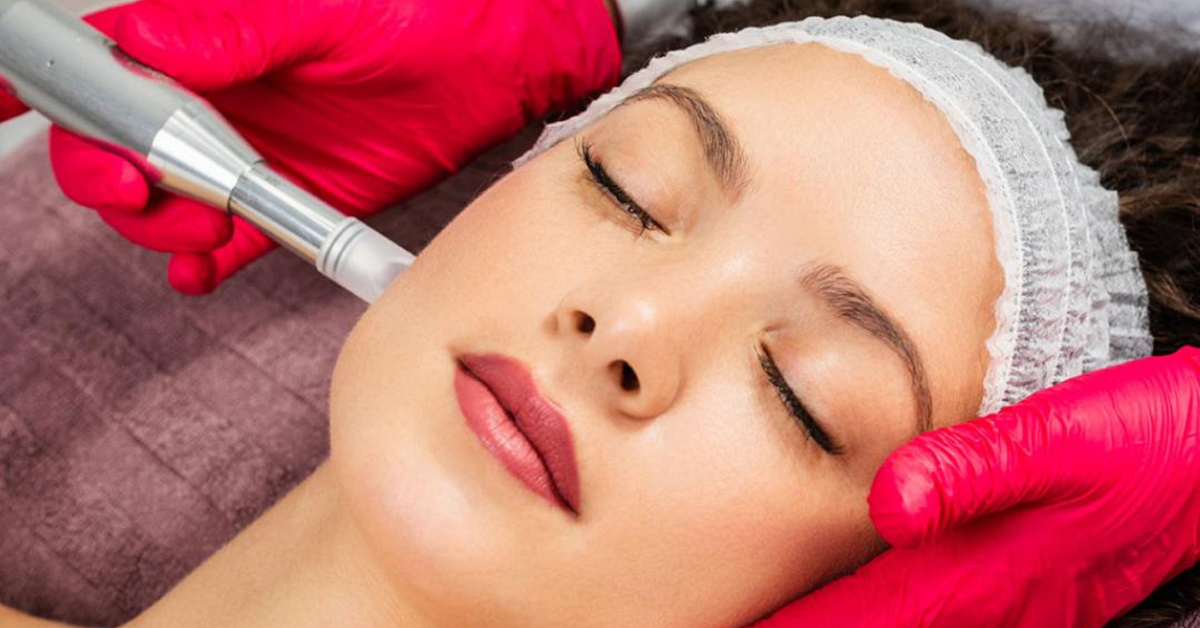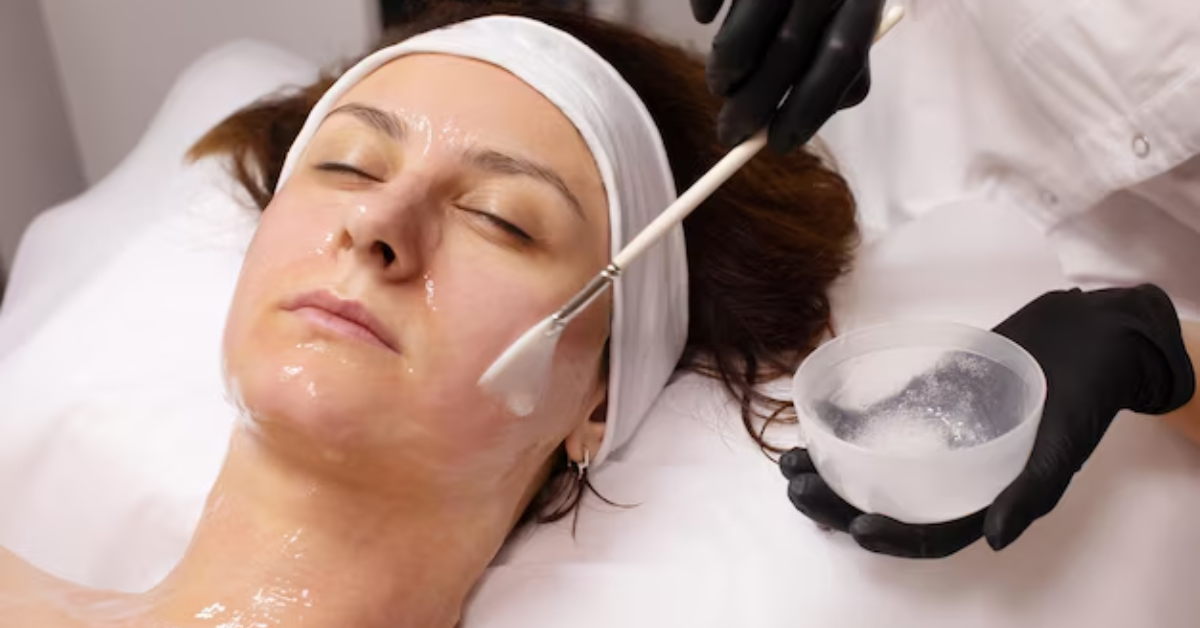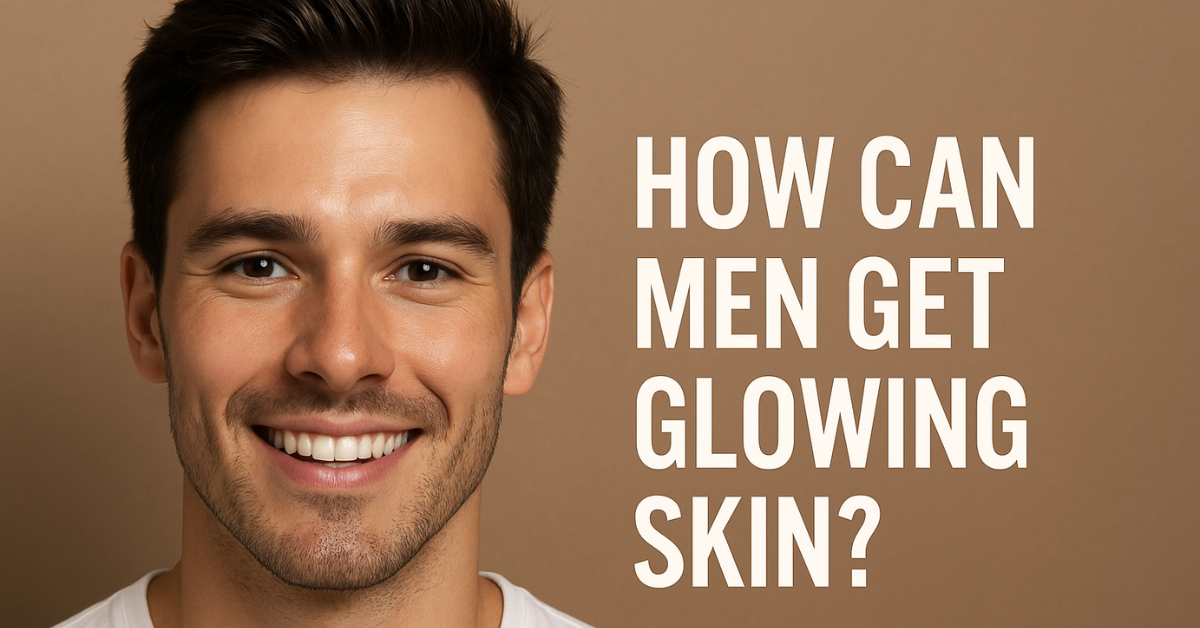Does EMS Really Work On Face?
In recent years, Electrical Muscle Stimulation (EMS) has gained popularity as a non-invasive method for enhancing muscle tone and strength in various parts of the body. One area of particular interest is its application in facial treatments, promising to sculpt and tighten facial muscles for a more youthful appearance. To evaluate EMS's role in skin care regimens, we must understand its potential efficacy in targeting facial muscles.
EMS involves the use of electrical impulses to stimulate muscle contractions, mimicking the body's natural muscle movements. This technology has long been utilized in physical therapy and sports medicine to rehabilitate muscles and improve strength. In the context of facial treatments, EMS devices deliver low-level electrical currents to specific facial muscles, prompting them to contract and relax, thereby purportedly enhancing muscle tone and firmness. "Facial EMS" is a non-invasive treatment that uses electrical muscle stimulation to lift and tone facial muscles, offering a more youthful appearance.
How EMS Works
EMS operates on the principle of delivering electrical impulses to targeted muscles, causing them to contract and relax. These electrical signals mimic the natural process by which muscles are activated during physical activity. When the electrodes of an EMS device are placed on the skin, the electrical impulses penetrate through the surface and stimulate the underlying muscle fibers. This stimulation triggers muscle contractions, which can lead to improvements in muscle strength, tone, and endurance over time. Additionally, EMS may also enhance blood circulation to the treated area, promoting nutrient delivery and waste removal, which can further support muscle health and recovery.
EMS can target various muscles in the face, including those responsible for facial expressions such as smiling, frowning, and raising the eyebrows. By specifically activating these muscles, EMS may help strengthen and tone facial muscles, resulting in a firmer and more lifted appearance. EMS treatment may also stimulate the production of collagen and elastin in the skin, which are essential proteins for maintaining skin elasticity and firmness. As a result, individuals may experience improvements in skin texture, reduced appearance of fine lines and wrinkles, and overall rejuvenation of the facial contours. Moreover, EMS treatments are non-invasive and typically painless, making them a convenient option for those seeking facial muscle enhancement without the risks and downtime associated with surgical procedures.
Application of EMS in Facial Treatments
The application of EMS in facial treatments involves the use of specialized devices designed to deliver controlled electrical impulses to the muscles of the face. These devices often come in the form of handheld gadgets or facial masks equipped with electrodes. By targeting key facial muscles such as the jawline, cheeks, and forehead, EMS aims to promote muscle tightening and lift, potentially reducing the appearance of sagging skin and wrinkles. Understanding the mechanisms and potential benefits of EMS in facial treatments is crucial for individuals seeking non-invasive methods to enhance their facial appearance and combat signs of aging.
Debunking Myths and Misconceptions
There are several common claims surrounding EMS for facial muscles, including assertions that it can instantly lift and tighten sagging skin, eliminate wrinkles, and provide long-lasting results comparable to surgical facelifts. While EMS devices may indeed offer benefits in terms of muscle toning and skin rejuvenation, it's essential to separate exaggerated claims from realistic expectations. EMS is not a magical solution that can completely reverse the effects of aging or replace traditional cosmetic procedures. Instead, it should be viewed as a complementary treatment that can enhance the results of a comprehensive skincare regimen when used consistently and in conjunction with other modalities.
Scientific Evidence and Research Findings
Despite the proliferation of EMS devices in the skincare market, scientific evidence supporting their efficacy for facial muscle enhancement remains limited. While some small-scale studies have reported positive outcomes, larger, well-controlled clinical trials are needed to validate these findings and establish the true effectiveness of EMS for facial rejuvenation. It's essential to approach marketing claims with skepticism and seek evidence-based information from reputable sources, such as peer-reviewed journals and dermatological associations. Individuals can make informed decisions about integrating EMS into their skincare routines by critically evaluating the available research and consulting with qualified professionals.
Factors Affecting Effectiveness
Quality of EMS Devices:The effectiveness of Electrical Muscle Stimulation (EMS) for facial muscles can be significantly influenced by the quality of the EMS devices used. High-quality EMS devices are designed to deliver precise and controlled electrical impulses to targeted muscles, ensuring optimal muscle activation and stimulation. When selecting an EMS device, factors to consider include the device's safety features, reliability, and adherence to regulatory standards. Investing in a reputable and well-established brand known for producing reliable EMS devices can enhance the likelihood of achieving desirable outcomes and minimizing potential risks associated with subpar equipment.
Consistency and Frequency of Use:
Consistency and frequency of use are crucial factors that can impact the effectiveness of EMS for facial muscle strengthening. Like any muscle training regimen, regular and consistent use of EMS devices is essential for achieving and maintaining desired results. Establishing a consistent routine and adhering to a prescribed usage schedule can help maximize muscle activation and promote long-term improvements in muscle tone and strength. Also, incorporating EMS sessions into a daily or weekly skincare routine can help individuals stay committed to their treatment regimen and optimize the benefits of EMS for facial muscles over time.
Individual Variations in Results:
Individual variations in anatomy, physiology, and skin characteristics can influence the effectiveness of EMS for facial muscle strengthening. Factors such as age, skin elasticity, muscle tone, and underlying health conditions can impact how individuals respond to EMS treatments. Additionally, genetic predispositions and lifestyle factors such as diet, exercise habits, and skincare practices may also play a role in determining the extent of results achieved with EMS. Individuals need to manage their expectations and understand that outcomes may vary from person to person based on these individual differences. Consulting with a qualified skincare professional or dermatologist can help individuals assess their suitability for EMS treatments and develop realistic expectations regarding potential results.
Alternative Facial Muscle Strengthening Methods:
Facial Exercises:Facial exercises involve performing specific movements and expressions to target and strengthen facial muscles. These exercises are designed to mimic natural facial expressions and may include movements such as smiling, frowning, and puffing out the cheeks. Proponents of facial exercises claim that regular practice can help improve muscle tone, reduce the appearance of sagging skin, and enhance overall facial symmetry. While scientific evidence supporting the efficacy of facial exercises is limited, some individuals may find them to be a complementary approach to maintaining facial muscle health and promoting a more youthful appearance.
Manual Facial Massage Techniques:
Manual facial massage techniques involve applying gentle pressure and manipulation to the facial muscles and skin to stimulate circulation, relax tension, and promote lymphatic drainage. These techniques may include kneading, tapping, and stroking movements performed with the hands or specialized massage tools. Manual facial massage can help improve blood flow to the skin, enhance nutrient delivery, and encourage the removal of toxins and waste products. Additionally, regular facial massage may help reduce muscle tension, alleviate stress, and improve overall facial relaxation and well-being. Incorporating manual facial massage into a skincare routine can complement other facial muscle-strengthening methods and contribute to improved skin health and appearance over time.
Consulting Professionals: Expert Opinion
At Malka Med Spa, dermatologists and aestheticians offer valuable insights into the effectiveness and safety of our revolutionary EMS Face Sculpting service. Dermatologists emphasize the importance of evidence-based skincare approaches, acknowledging that while EMS technology holds promise for facial muscle toning, it should be complemented with a comprehensive skincare regimen. Aestheticians provide firsthand experiences and observations, noting the positive impact of EMS Face Sculpting on clients' facial muscle tone and overall skin appearance. Their perspectives highlight the significance of seeking professional advice and guidance when considering innovative treatments like EMS Face Sculpting, ensuring personalized recommendations tailored to individual skincare needs and goals.
Recommendations for Safe and Effective Use
Our team of skincare experts at Malka Med Spa prioritizes safety and efficacy when administering EMS Face Sculpting treatments. Dermatologists and aestheticians offer personalized consultations to assess clients' suitability for the procedure and provide tailored recommendations for safe and effective use. They emphasize the importance of following recommended treatment protocols, including appropriate device settings and treatment durations, to minimize the risk of adverse effects and maximize results. Post-treatment care instructions and ongoing support are provided to ensure optimal outcomes and client satisfaction. By adhering to professional recommendations and guidance, clients can confidently experience the transformative benefits of EMS Face Sculpting while prioritizing their skin's health and well-being.
Conclusion
Making informed decisions about EMS for facial muscles requires careful consideration of various factors, including the quality of EMS devices, consistency and frequency of use, individual variations in results, and alternative muscle-strengthening methods. By evaluating these factors thoughtfully and consulting with skincare professionals or dermatologists, individuals can determine the suitability of EMS for their specific needs and goals. Ultimately, with proper guidance and realistic expectations, individuals can maximize the potential benefits of EMS while ensuring safe and effective use for achieving their desired facial muscle tone and overall skin health.

